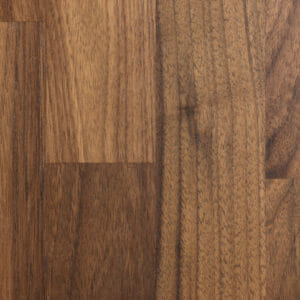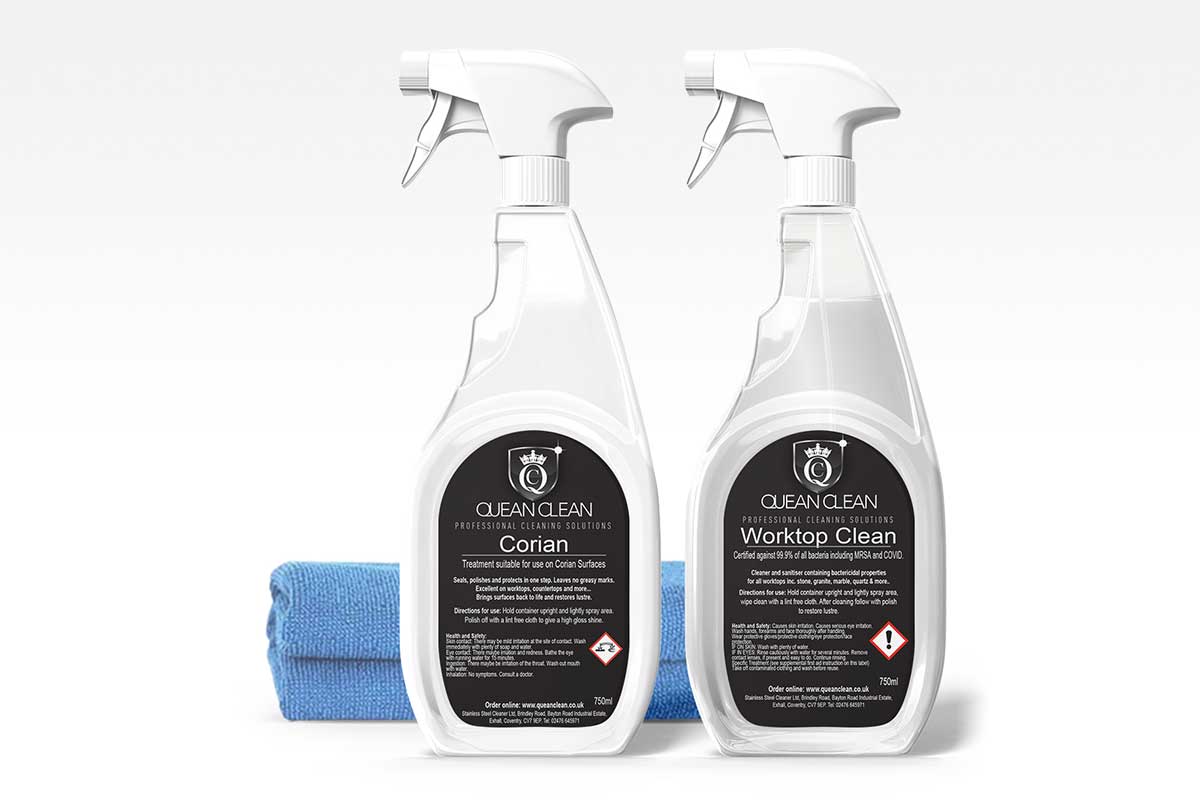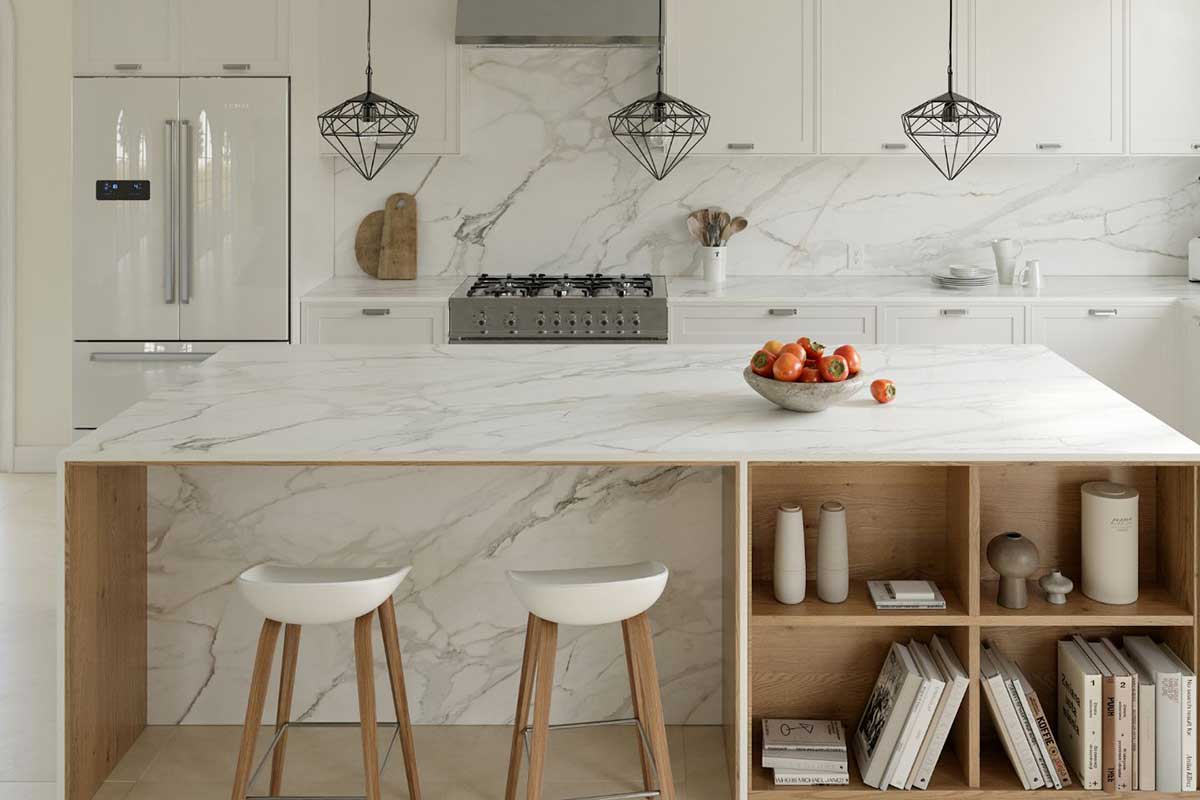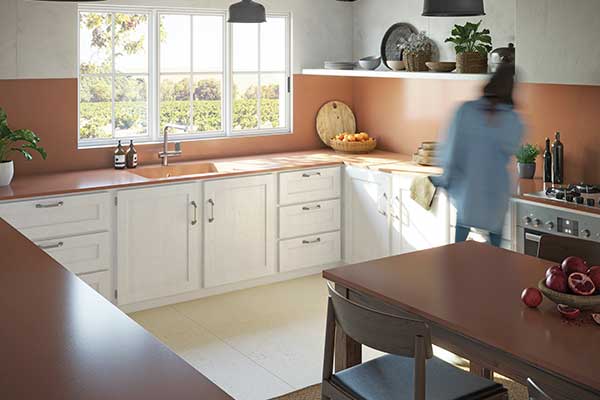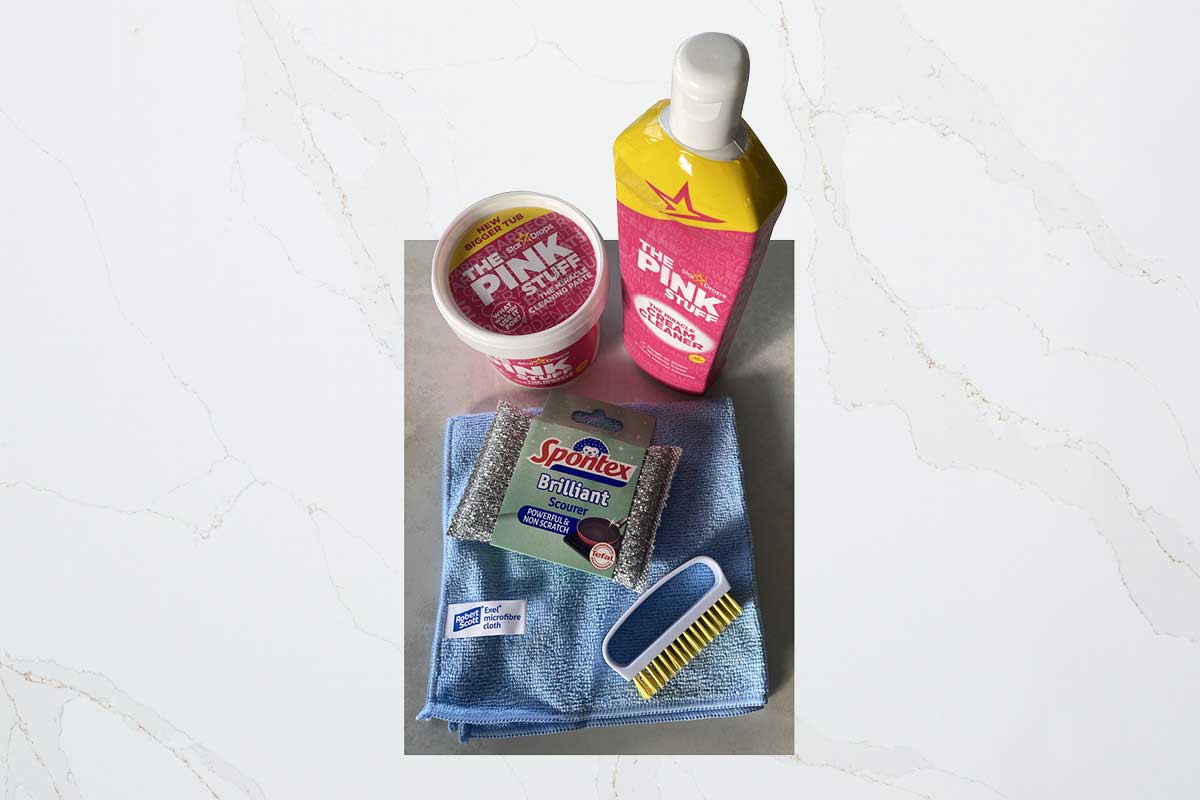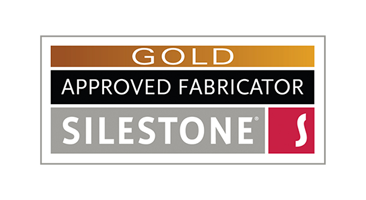Why Wooden worktops
Home owners and kitchen designers are really spoilt for choice when it comes to different materials for kitchen worktops. Worktops can be acquired in anything from cheap laminates to glass, stainless steel, solid wood, natural stone, solid surface and quartz. The colours, textures, finishes, styles, etc are virtually endless.
Yet, many people are still charmed by the natural warmth and beauty of wooden worktops, transforming the overall look of your kitchen and always remains an excellent choice.
Twelve reasons to choose solid wood, from leading fabricator Worktops.net:
-
Unlike any of the other worktop materials, solid wood actually gets BETTER with time, gaining in character and a deepening in colour as it develops a patina.
- Wood never goes out of style or fashion and will remain tasteful for the lifetime of the kitchen. The natural integrity of solid wood ensures a timeless elegance and style.
- Each worktop is cut from a different section of wood and no two surfaces will ever be exactly the same, guaranteeing the unique and impressive character of every worktop.
- Natural solid wood is available in so many different species, colours, grain and texture, more than any other material and can literally be harmonized with all other materials and accessories.
- Imperfections are no problem, because they can simply be sanded out, filled or polished. Stains, dents, chips and scuffs due to rough handling over time, can easily and cheaply be polished out, sanded down, or in case of really serious damage, can be “patched” with similar wood and re-sealed or oiled. They are easy to fit on-site and can be shaped and cut with relatively simple tools.
- Solid wood has stood the test of time for centuries and have proven to be tough, strong and resilient to withstand even heavy daily wear and tear.
- Solid wood is not as expensive as one would think. Being in the low- to midrange of premier worktops, they ensure great value, functionality, hygiene, natural antibacterial qualities, durability and style. There is a different type of wood with a price tag for even the most modest of budgets, while ensuring quality and adding value to your home.
- Absorbs sound and therefore are quieter than materials such as laminates and even top of the range natural stone, solid surface or quartz.
- Available in a variety of finishes such as:
- polished finish from shiny to very high gloss,
- honed finish matte, but flat and smooth to the touch,
- Leather finish, satiny and soft to touch,
- Heat treated to produce a textured undulating feel and appearance.
- Renewable and sustainable. Worktops.net sources only the highest quality timber for our wooden worktops, from accredited forests, which guarantee replanting for future generations.
- Available in a large variety of sizes, particularly as solid wood worktops are manufactured from staves that are glued together.
- Easy to clean and maintain.
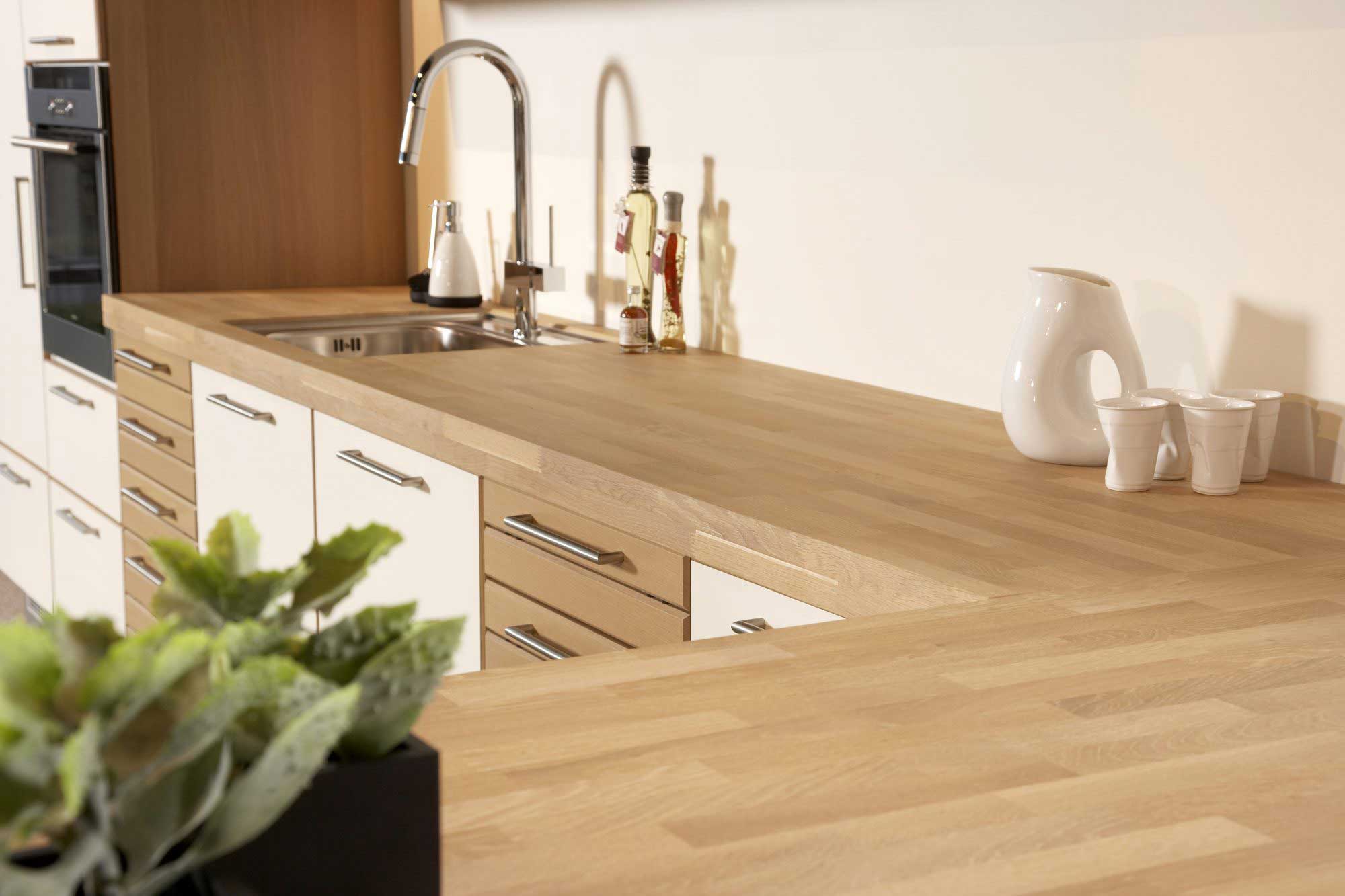
Repairable
Most kinds of damage can be removed by simply sanding back the surface and re-oiling
Durable
Built to strand the test of time, wooden worktops mature with age and are resilient to daily wear and tear
Natural
All our wooden worktops are ethically sourced from FSC accredited forests, which guarantee replanting for future generations
Tough
Top quality timber worktops are strong and very resilient and if cared for properly they can last a lifetime

Easy to Clean
Simple to clean, requiring a small amount of soapy water and should be dried afterwards
Sizes of solid wood worktops:
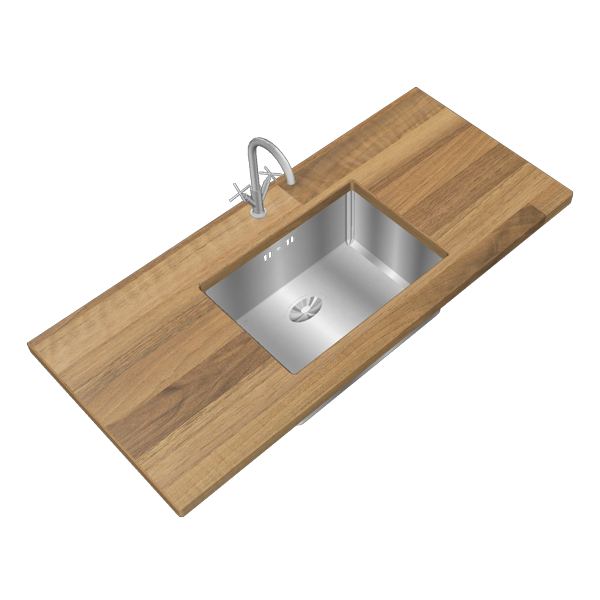 Most of the types of wood come in a vast variety of sizes and thickness, usually ranging from 2m to 4m long by 620mm to 720mm wide.
Most of the types of wood come in a vast variety of sizes and thickness, usually ranging from 2m to 4m long by 620mm to 720mm wide.
The most common width is 670 mm, because ergonomically it is most comfortable for most people to work on a surface 650mm wide, adding 20mm to scribe uneven walls. The standard depth of cabinets is 600mm plus 30 mm for an overhang and a 20 mm void at the back for pipes. Ducts, wiring, etc.
A variety of thicknesses is available, but the most common for worktops is 30mm and 40mm.
Standard height of worktops:
For most people it is most comfortable to work at a standing position at table or worktop heights of 870mm, 950mm and 1000mm.
Sizes of islands in a kitchen:
There is no prescribed size, but it is advisable to ensure that there is sufficient walking and working space around it. Very large islands are inclined to make a kitchen look cluttered, while in a large kitchen it might have the opposite effect and make the open space at eye level look too vast.
Fabrication process
Wood worktops have a natural charm and warmth that have remained fashionable for centuries in both home and commercial environments. It remains one of the most versatile, luxurious and hard-wearing finishes.
Worktops.net crafts our solid wood work surfaces only from the best quality solid timber. Long surfaces or long spans straight from the tree would unfortunately be prone to warp or bend, but high technology intervention solve this problem. Solid hardwood timber staves are finger-jointed (like interlocking fingers on your hands) in length, and then butt-jointed and glued together along its width to obtain large surfaces that have greater strength, suppleness and resilience. This creates strong, solid wooden boards, almost free of natural imperfections, with the natural allure of wood virtually intact. Staves are the individual timber sections, carefully selected and prepared to ensure consistent grain and colouration, that make up the solid worktop. As with all natural products, the colour and grain varies sufficiently to add to its character.
The next step is for these boards to be oiled, finely sanded and sealed to create a naturally beautiful and water repellent surface.
Our black oak wood worktops, undergo a special chemical treatment for aesthetic appeal, turning the timber almost black throughout, giving consistent colouring when the board is cut or sanded.
Joints at the corners or over the length of worktops
Depending on the edge detail, solid wooden worktops are joined by either butt- joints (edges placed together) or mitre-joints (cut to 90 º) Mitre joints require additional support on site.
Thermal Expansion
Wood work surfaces give their best performance at normal room temperature. At extreme temperatures and high or low humidity, they will require additional maintenance and sealing.
Solid wooden worktops over an oven, dishwasher, washing machine or tumble dryer, require additional protection against heat and moisture, by installing a sheet of aluminium foil to the underside.
Expansion gaps of 3-4mm have to be left between the back edge of the worktop and the wall, to allow for expansion and contraction and upstands should be fixed to the wall, not the work surface. These gaps are normally sealed with a colour coordinated silicone sealant.
Overhangs and long spans
Any overhang extending more than 300mm should be supported.
Other inspiring articles
How to take scratches out of kitchen worktops
We’ve pulled together this handy guide on how to take scratches out of kitchen worktops. Other than the floor, kitchen worktops have to withstand the greatest amount of wear and tear. They [...]
Dekton worktops: Pros and cons
We understand that choosing the right worktop can be a daunting task and that’s why we’ve put together the pros and cons of the Dekton worktop if you’re considering this brand for [...]
How to replace kitchen worktops
If you’re looking to replace a kitchen worktop, it can be a daunting and expensive task. There's a lot of preparation and research that needs to go into the process, and it [...]
How to clean kitchen worktops
Overview Normal Maintenance Due to its practically zero porosity, ultra-compact surfaces are highly resistant to staining in day-to-day use making it ideal for use as a kitchen worktop and as a [...]


